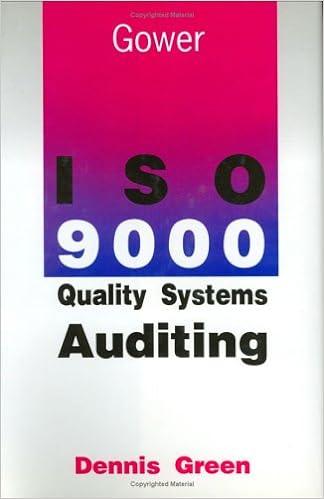

The following information is available about the capital structure for MacTavish Corporation: Common shares, Class A: 1 million authorized and outstanding. The Class A common shares are entitled to five votes per share and to receive dividends as declared by the board of directors. Total share capital for Class A common shares as at the end of the year was $1.5 million. Preferred shares: unlimited authorized, 2 million issued and outstanding. The preferred shares are entitled to one vote per share and to receive a preferential cumulative dividend of $0.20 per share per year. After the Class A common shares are paid the same return, the preferred shares are entitled to participate equally with the Class A common shares in any further dividends. Total share capital for the preferred shares as at the end of the year was $21.40 million. What is the minimum dividend payment the company should make each year to avoid being in arrears in its dividend obligations? Minimum dividend payment $ Assume that MacTavish has $2 million available for dividend payments this year and there are no dividend arrears at the beginning of the current year. What will be the total dividend paid to each of the preferred and Class A common shareholders individually and as a class? (Round intermediate calculations to 5 decimal places, e.g. 4.64891% and dividend per share to 2 decimal places, e.g. 15.25 and total dividend paid answers to 0 decimal places, e.g. 52, 016.) On average, what did each class of shareholder pay (or invest) per share originally? (Round answers to 2 decimal places, e.g. 10.25.) Class A common shareholders $ per share Preferred shareholders $ per share When electing the board of directors, or voting on other corporate issues, what portion of the total available vote does each class of shares have? Prepare a table comparing the voting rights with the capital invested. (Round portion answers to 2 decimal places, e.g. 10.25%.) The following information is available about the capital structure for MacTavish Corporation: Common shares, Class A: 1 million authorized and outstanding. The Class A common shares are entitled to five votes per share and to receive dividends as declared by the board of directors. Total share capital for Class A common shares as at the end of the year was $1.5 million. Preferred shares: unlimited authorized, 2 million issued and outstanding. The preferred shares are entitled to one vote per share and to receive a preferential cumulative dividend of $0.20 per share per year. After the Class A common shares are paid the same return, the preferred shares are entitled to participate equally with the Class A common shares in any further dividends. Total share capital for the preferred shares as at the end of the year was $21.40 million. What is the minimum dividend payment the company should make each year to avoid being in arrears in its dividend obligations? Minimum dividend payment $ Assume that MacTavish has $2 million available for dividend payments this year and there are no dividend arrears at the beginning of the current year. What will be the total dividend paid to each of the preferred and Class A common shareholders individually and as a class? (Round intermediate calculations to 5 decimal places, e.g. 4.64891% and dividend per share to 2 decimal places, e.g. 15.25 and total dividend paid answers to 0 decimal places, e.g. 52, 016.) On average, what did each class of shareholder pay (or invest) per share originally? (Round answers to 2 decimal places, e.g. 10.25.) Class A common shareholders $ per share Preferred shareholders $ per share When electing the board of directors, or voting on other corporate issues, what portion of the total available vote does each class of shares have? Prepare a table comparing the voting rights with the capital invested. (Round portion answers to 2 decimal places, e.g. 10.25%.)








